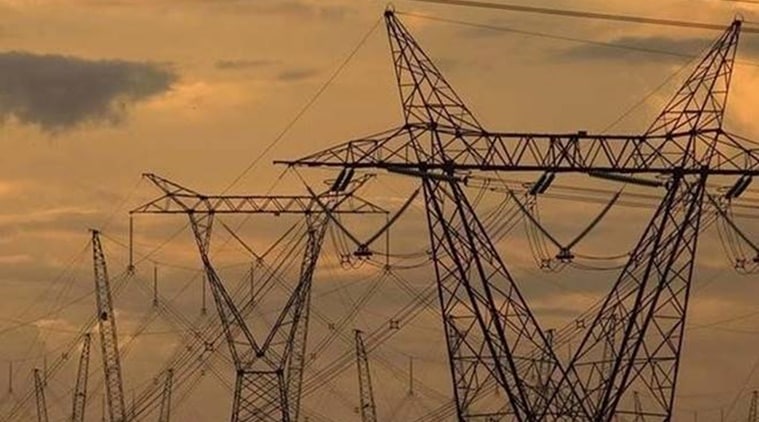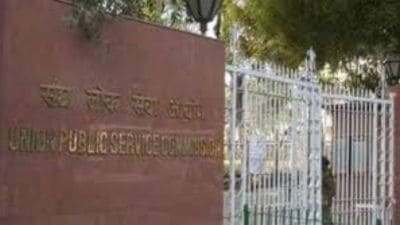- India
- International
Andhra Pradesh move to re-open PPAs takes the wind out of RE projects
Worries that others states could follow suit; could lead to fresh wave of NPAs.
 The renewable energy projects are mostly being implemented in the private sector. As on end-November 2018, a total capacity of around 73.95 gigawatts (GW) had been installed in the country of which 37.84 GW has been added during the last four-and-half years.
The renewable energy projects are mostly being implemented in the private sector. As on end-November 2018, a total capacity of around 73.95 gigawatts (GW) had been installed in the country of which 37.84 GW has been added during the last four-and-half years.
Two state-owned power discoms (distribution companies) of Andhra Pradesh have moved to reopen contracts signed with wind generators in recent months, a step that could impact at least 40 of India’s biggest RE (renewable energy) developers and raises serious questions about the sanctity of contracts.
The move is a body blow for RE developers, who have been the only bright spark in the otherwise sluggish electricity generation sector, and there are concerns that other states could take cue from this and initiate similar reopening if wind and solar project PPAs on the same grounds cited by the Andhra discoms — that tariffs discovered in subsequent years have been cheaper.
Private developers have raised concerns that this move by the state utilities to cancel contracts signed with developers of new wind projects comes amid a general reluctance to renegotiate pacts signed with old and inefficient state-owned thermal plants, most of which are idling due to high tariffs but the distribution utilities are still forced to fork out fixed charges. A reworking of tariffs for these new projects could lead to a fresh wave of non-performing assets (NPAs) in the renewable energy sector, which has seen FDI inflows of $3.22 billion over the last four years alongside significant domestic investment leveraged by bank funding.
The two state-owned distribution utilities of Andhra Pradesh — Southern Power Distribution Company of Andhra Pradesh Ltd and Eastern Power Distribution Company of Andhra Pradesh Ltd — have moved a ‘petition seeking relief’ before the Andhra Pradesh Electricity Regulatory Commission (APERC) under three different sections of the Electricity Act, 2003 (read with APERC business regulations) to “revise the tariff” fixed for 82-odd wind power projects that include those by Tata Power Renewable Energy Ltd, Adani Wind Energy (AP) Ltd, PTC Energy Ltd, KC Thapar & Bros Ltd, Jindal Aluminium Ltd, Mythrah Vaayu, Renew Wind Energy Pvt Ltd, Ostro AP Wind Pvt Ltd and Orange Wind Power. All of these projects were implemented in 2016-17 under the Andhra Pradesh regulator’s ‘preferential tariff’ model.
The two discoms have justified the move by citing a subsequent competitive bidding process floated by the state-owned Solar Energy Corporation of India (SECI) in the month of February 2017 for procurement of 1,000 MW power sourced from wind projects having received tariff quotes of Rs 3.46 per unit, as against the Rs 4.84 (plus taxes) preferential tariff fixed by the APERC for the projects with which it entered into PPAs between April 1, 2016 and March 31, 2017. While acknowledging that the site conditions of Tamil Nadu and Andhra Pradesh are different, the discoms have claimed that the tariff decided by the APERC is “much higher” than what was discovered in the SECI’s February 2017 competitive bidding process.

An Andhra Pradesh official said that developers such as Mytrah Energy, Green Infra Wind Energy, Inox Wind Infrastructure Services and Ostro Wind, who were involved in Andhra Pradesh, had participated in the above competitive bidding conducted by SECI and quoted lower tariffs. The discoms have asked the regulator to pass orders to amend the norms by tightening operating parameters including the capacity utilisation factor, return-on-equity, loan tenure, interest on term loan, depreciation and interest on working capital.
The renewable energy projects are mostly being implemented in the private sector. As on end-November 2018, a total capacity of around 73.95 gigawatts (GW) had been installed in the country of which 37.84 GW has been added during the last four-and-half years.
This comes at a time when India’s progress towards its March 2022 target of 227 GW of renewable energy capacity is blunted somewhat due to the feeble progress in addressing the damage on account of the country’s massive fleet of aging and inefficient coal- and lignite-fueled thermal power plants. Experts say that an exit option would relieve discoms from onerous financial liability and the funds thus released can be used by them to buy cheaper and more power, and supplying it to consumers at better rates.
Apr 16: Latest News
- 01
- 02
- 03
- 04
- 05






































